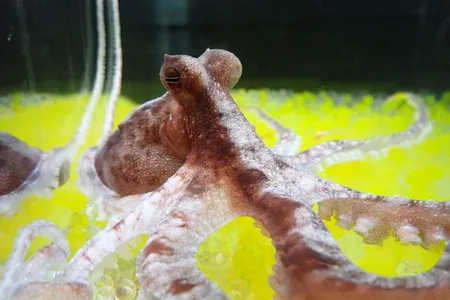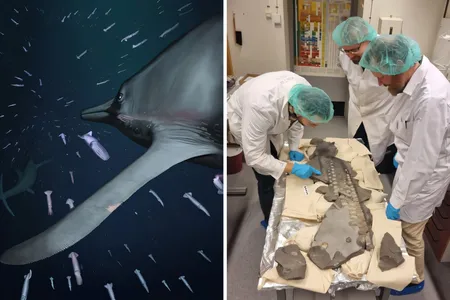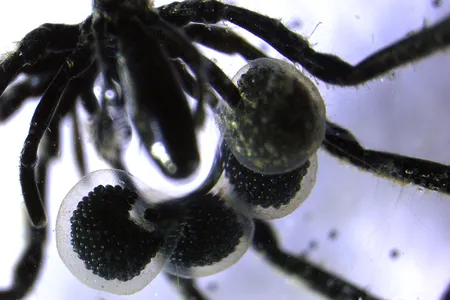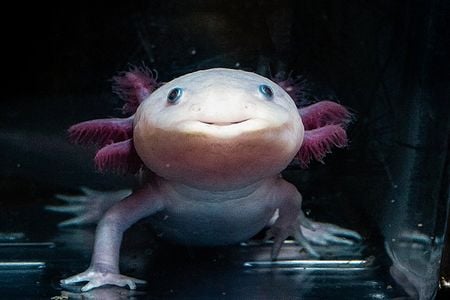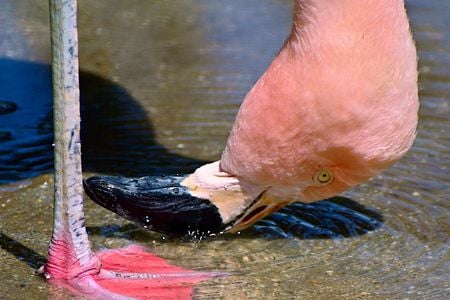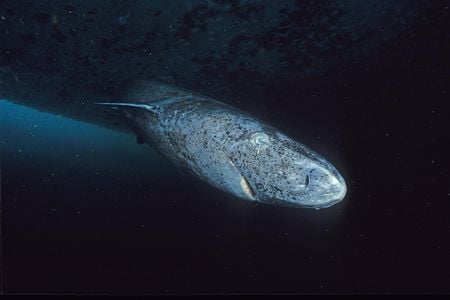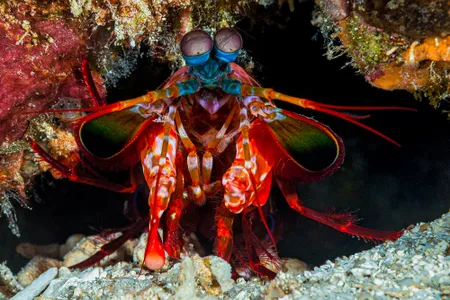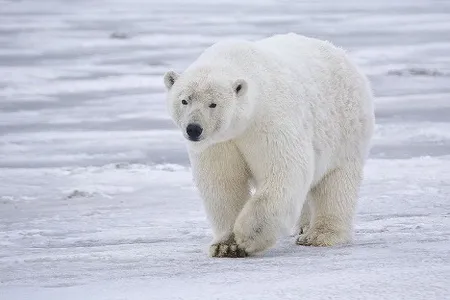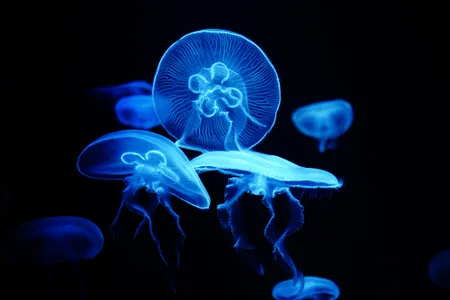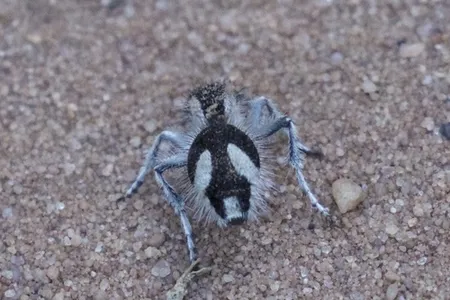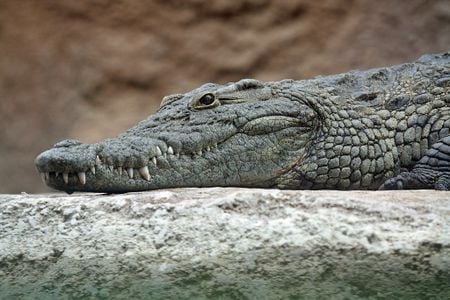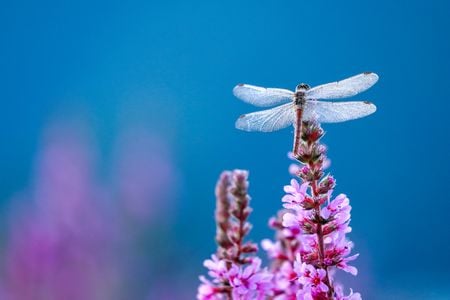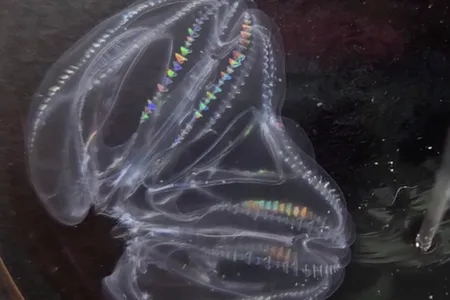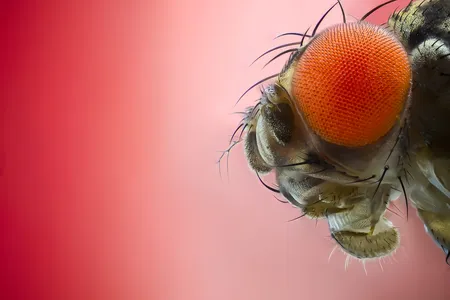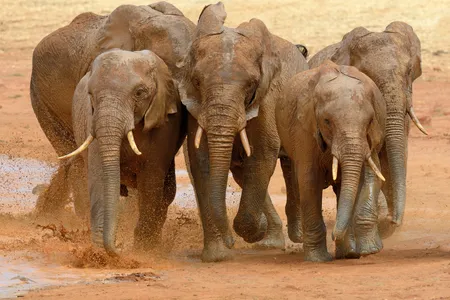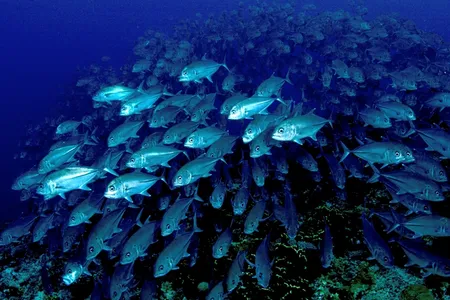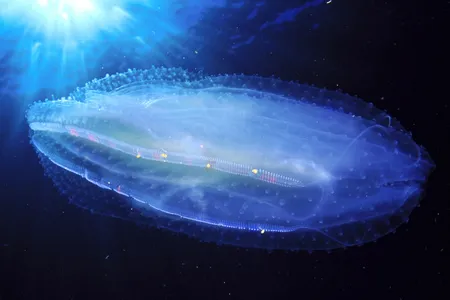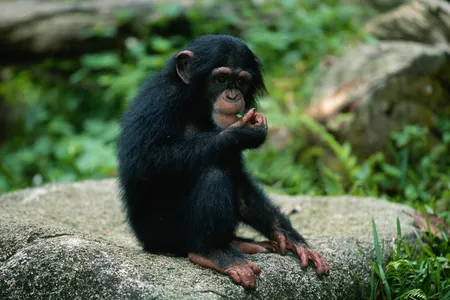Octopuses Fall for the Rubber Hand Illusion, Just Like Humans, Pointing to a Sense of Body Ownership
The trick that plays with awareness of one’s own limb appeared to fool all six of the cephalopods tested in a series of experiments
Fossil Flipper Reveals Ichthyosaurs Hunted in Lethal Silence With Unique Adaptations for Stealth
An analysis of a roughly 180-million-year-old fossil fin reveals serrations and flexibility that might have served to dampen sound as the predator swam
Scientists Discover First Known Sea Spider Species That ‘Eat’ Methane With the Help of Bacteria
The research offers new insights on interactions between creatures on the mysterious seafloor and sheds light on the methane cycle
Axolotls May Hold the Key to Regrowing Limbs, and Scientists Are Unraveling Their Secrets to Help Humans Do the Same
With the help of gene-edited axolotls, researchers have gotten one step closer to enabling human limb regeneration
Feeding Flamingos Create Underwater Tornado-Like Vortices to Capture Their Prey, Study Finds
Rather than passively filter-feeding, the birds use their heads, beaks and feet to generate motion in the water that funnels invertebrates into their mouths
Greenland Sharks Can Live for 400 Years. Scientists Are Using DNA to Unravel Their Longevity Secrets
These large, mysterious creatures are the longest-living vertebrates on the planet—and their genomes could contain clues to how they prevent cancer and reach such an advanced age
Mantis Shrimp Pack a Punch With the Force of a Bullet—and They Don’t Get Hurt. Here’s How
In a new study, scientists tested the complex layers in the animal’s clubs that serve as mighty shields to absorb the shock of the impact
How Do Polar Bears Keep Ice Off Their Fur? New Study Reveals the Secret—and It Could Improve Technology
The de-icing properties of polar bear sebum could fuel new innovations, scientists say, potentially unlocking alternatives to harmful “forever chemicals” used in ice-resistant coatings today
The Eight Coolest Inventions From the 2025 Consumer Electronics Show
A needle-free injection system, a bug-watching garden camera, a wearable that helps with memory lapses and more were unveiled at the annual Las Vegas trade show
Seven Scientific Discoveries From 2024 That Could Lead to New Inventions
From indestructible tardigrades to body-merging comb jellies, animals can teach humans so much about medicine, robotics, aging and survival
Meet the Brazilian Velvet Ant, a Rare ‘Ultra-Black’ Wasp That’s So Dark It Absorbs Almost All Visible Light
While the distinctive coloration is thought to be a warning to predators, it also has intriguing implications for designing man-made materials
Scientists Unlock the Secrets of Crocodile Skin and Its Irregular, Mystifying Patterns
The scales on crocodiles’ heads are very different from the skin appendages of other animals and even distinct from the scales on the rest of their bodies
14 Fun Facts About Dragonflies, From Their Lethal Hunting Prowess to Incredible Migratory Feats
The colorful insects can help humans by eating mosquitoes and will gather in mysterious swarms
These Frankenstein-Like Sea Creatures Can Actually Fuse Their Bodies Together
Two comb jellies can merge their digestive and nervous systems and even sync their bodily functions, according to new research. The discovery could have implications for human medicine
From Silk Moths to Fruit Flies, These Five Insects Have Changed the World
It’s easy to write bugs off as pests, but consider the ways in which they have positively impacted our lives
How an Elephant’s Wrinkles Reveal Whether It Is Right- or Left-Trunked
A new study sheds light on the muscular, dexterous appendage, suggesting trunk wrinkles are more important than many people realize
Your Microwave Is Teeming With Bacteria, Study Suggests
Researchers found thriving communities of microbes in microwave ovens used in home kitchens, shared spaces and laboratories
Swimming in Schools May Help Fish Save Energy in Turbulent Waters
A new study suggests schooling fish use up to 79 percent less energy in rough conditions than fish that swim alone
How Deep-Sea Comb Jellies Hold Their Shape Under Crushing Pressure
The delicate sea creatures fall apart when brought to the surface but can survive miles deep in the ocean due to special cell wall structures, according to a new study
Chimpanzees May Self-Medicate With Plants, Using the Forest as a Pharmacy
New research suggests sick chimps seek out and eat plants with antibacterial and anti-inflammatory properties—a finding that could advance drug discovery for humans
Page 1 of 2
